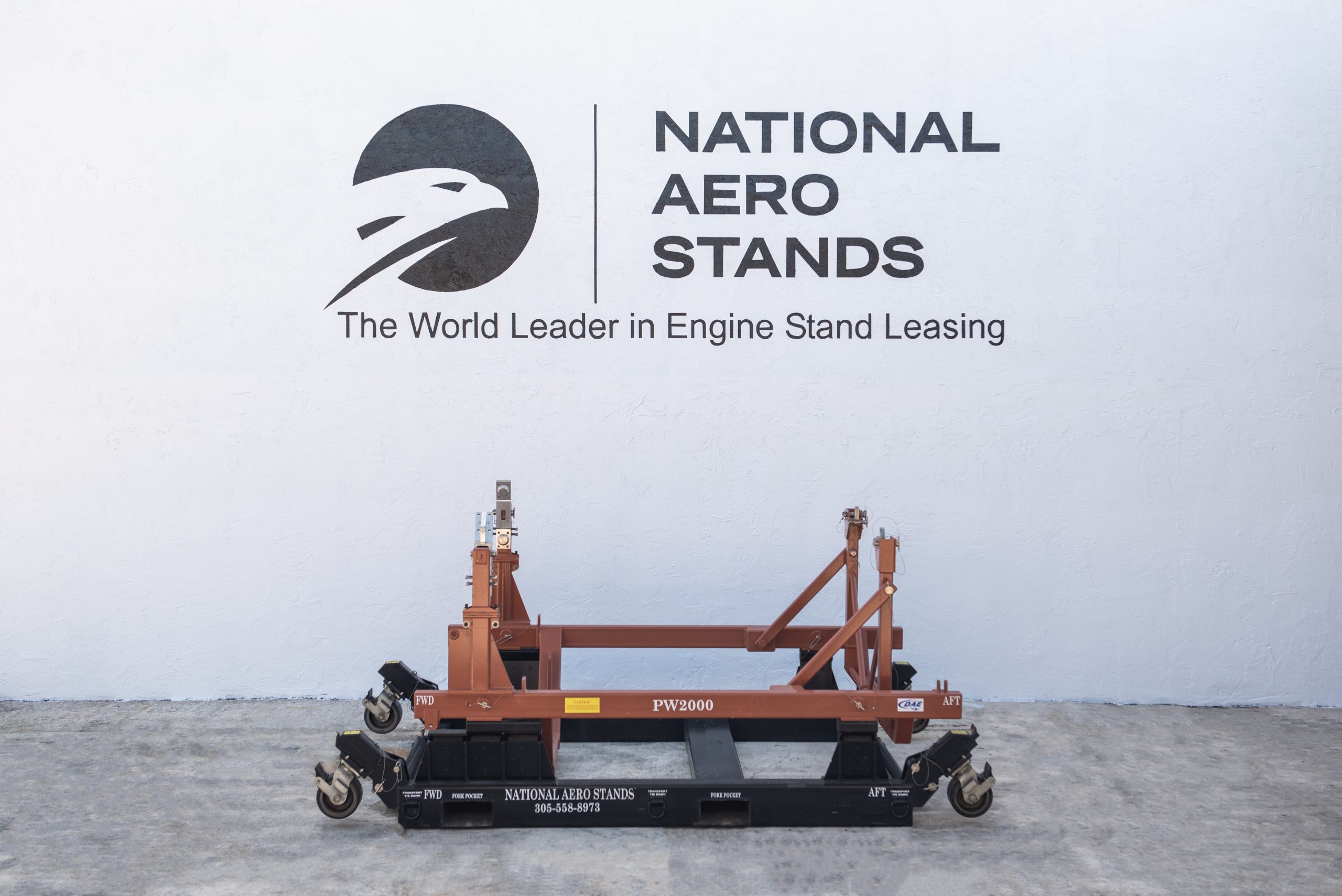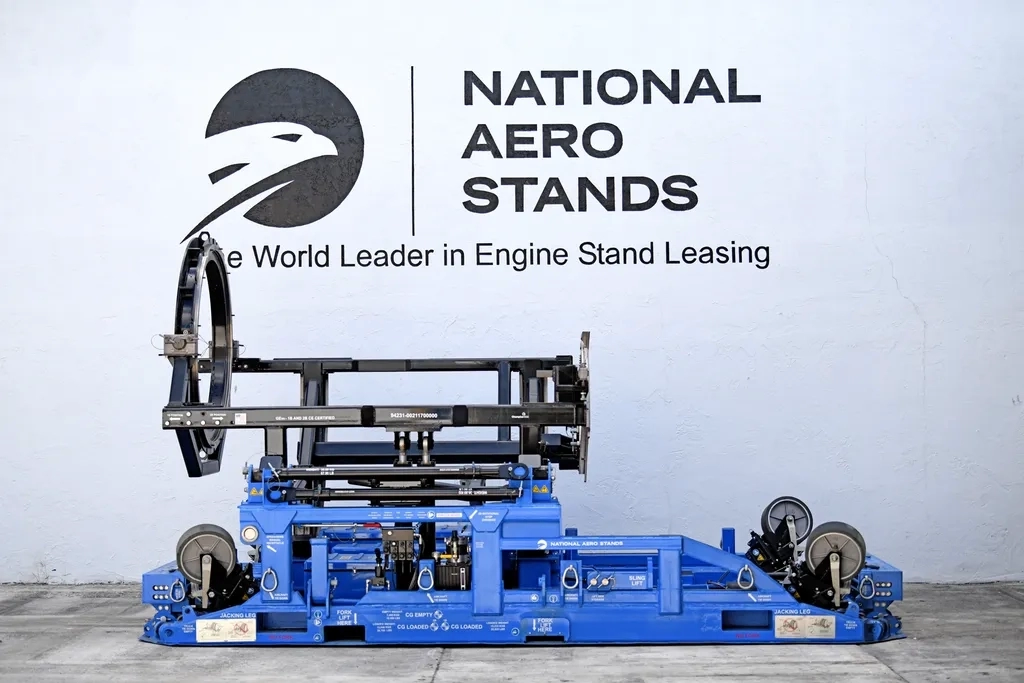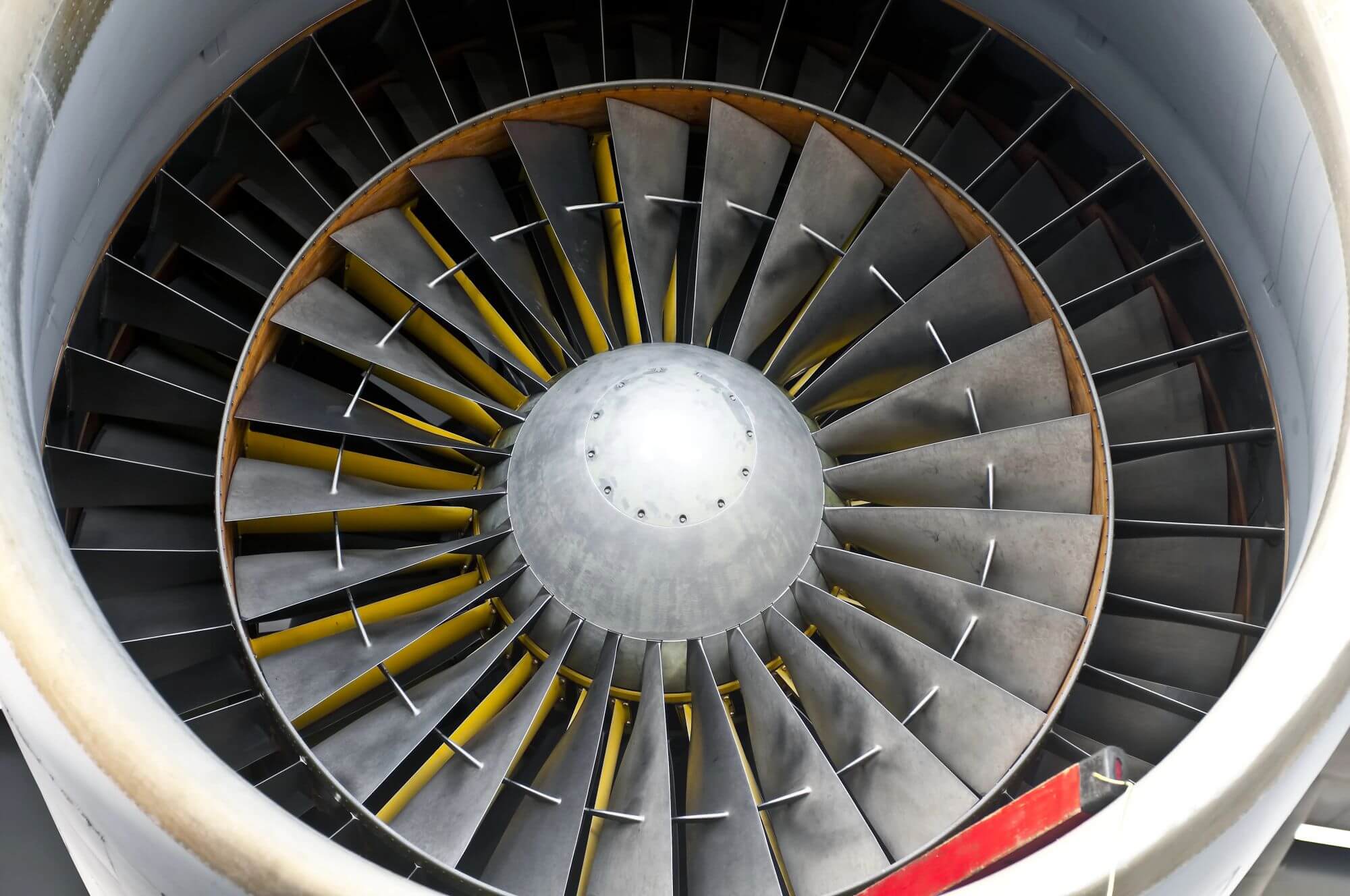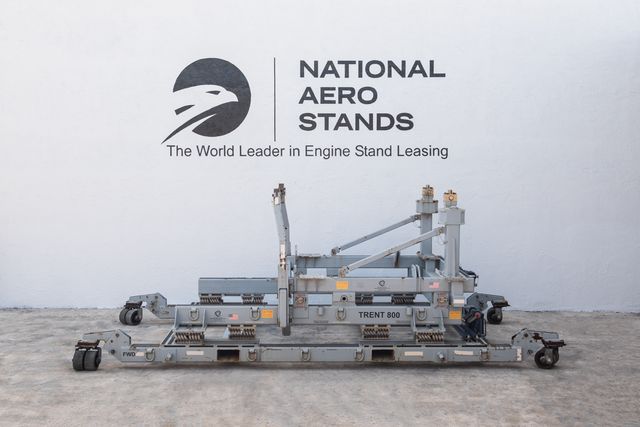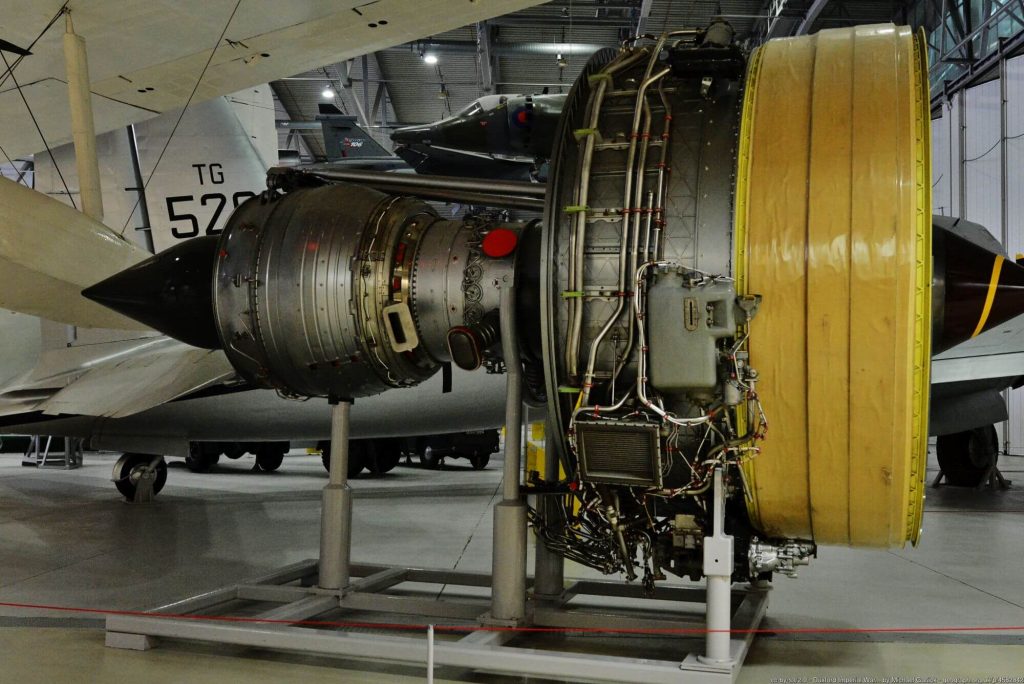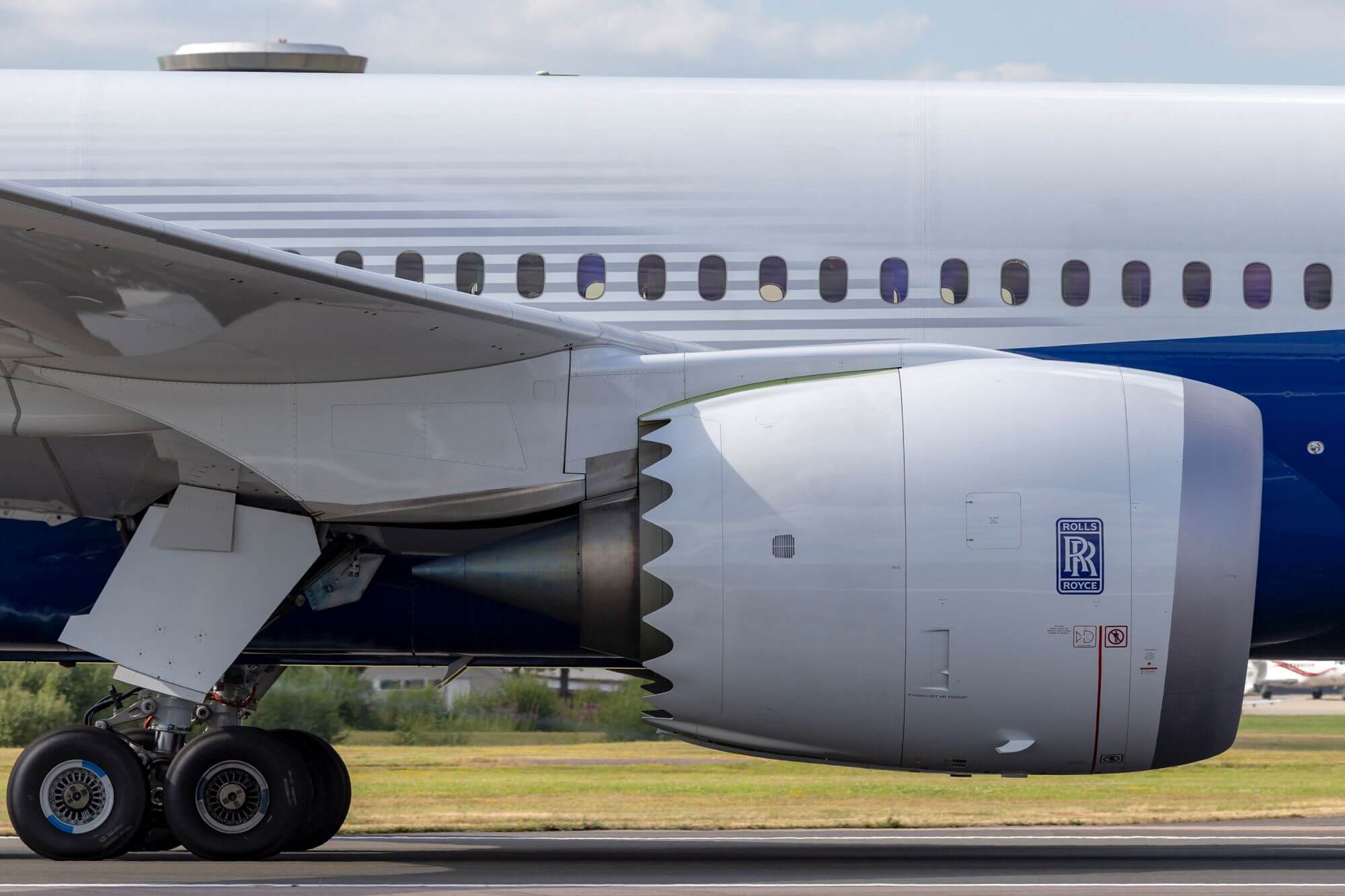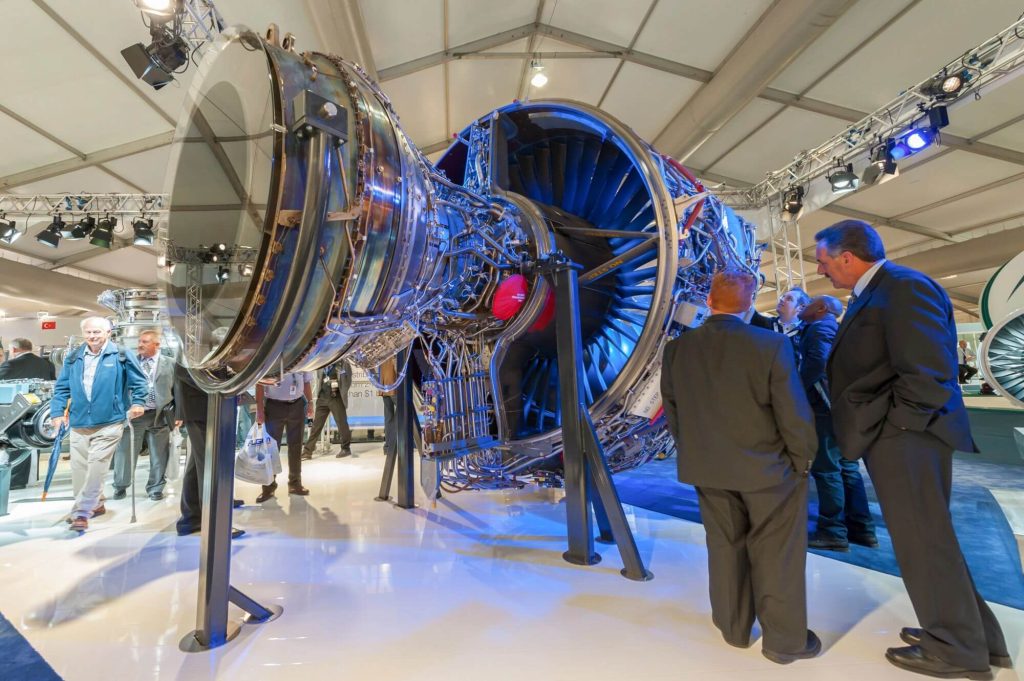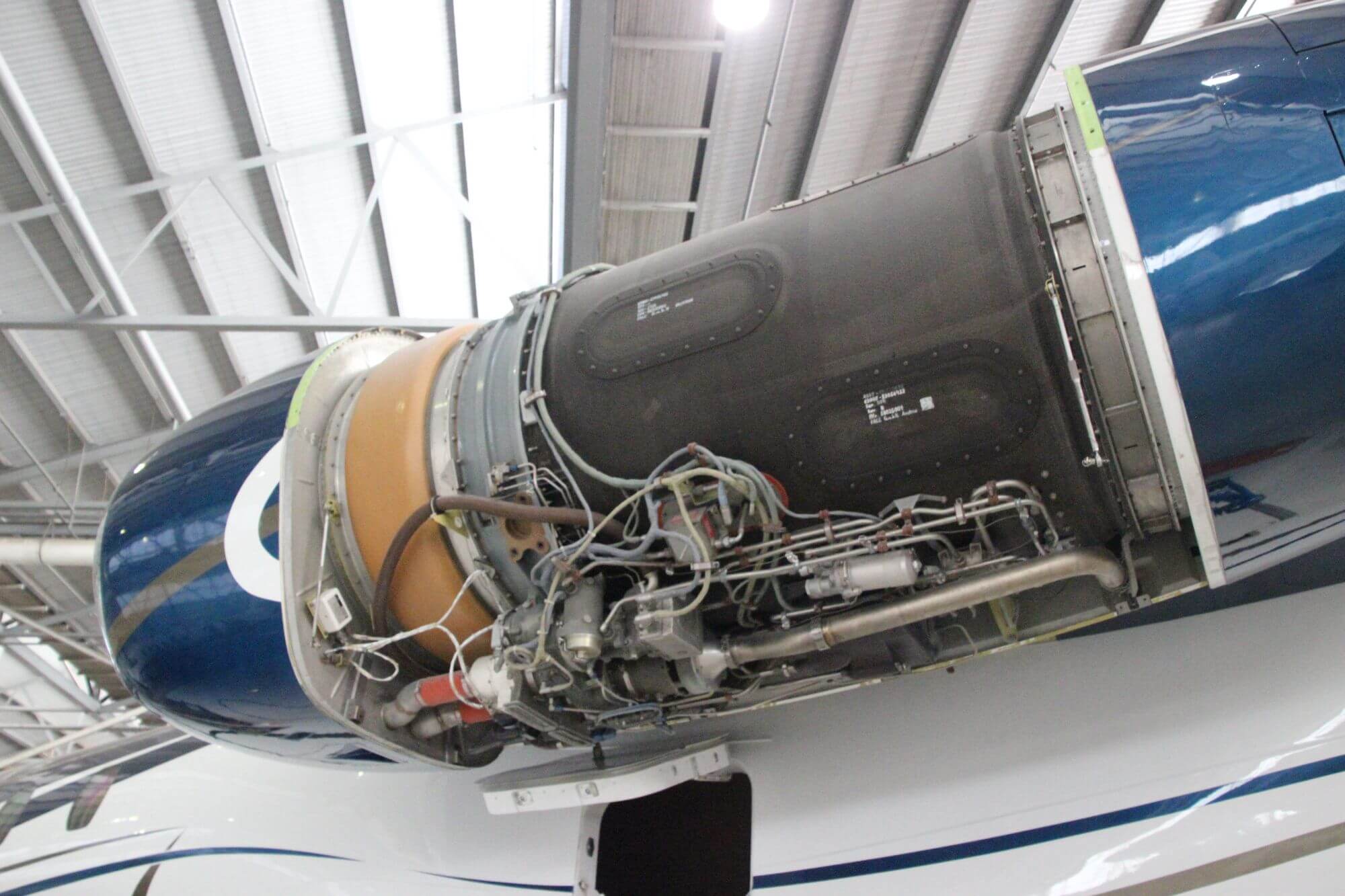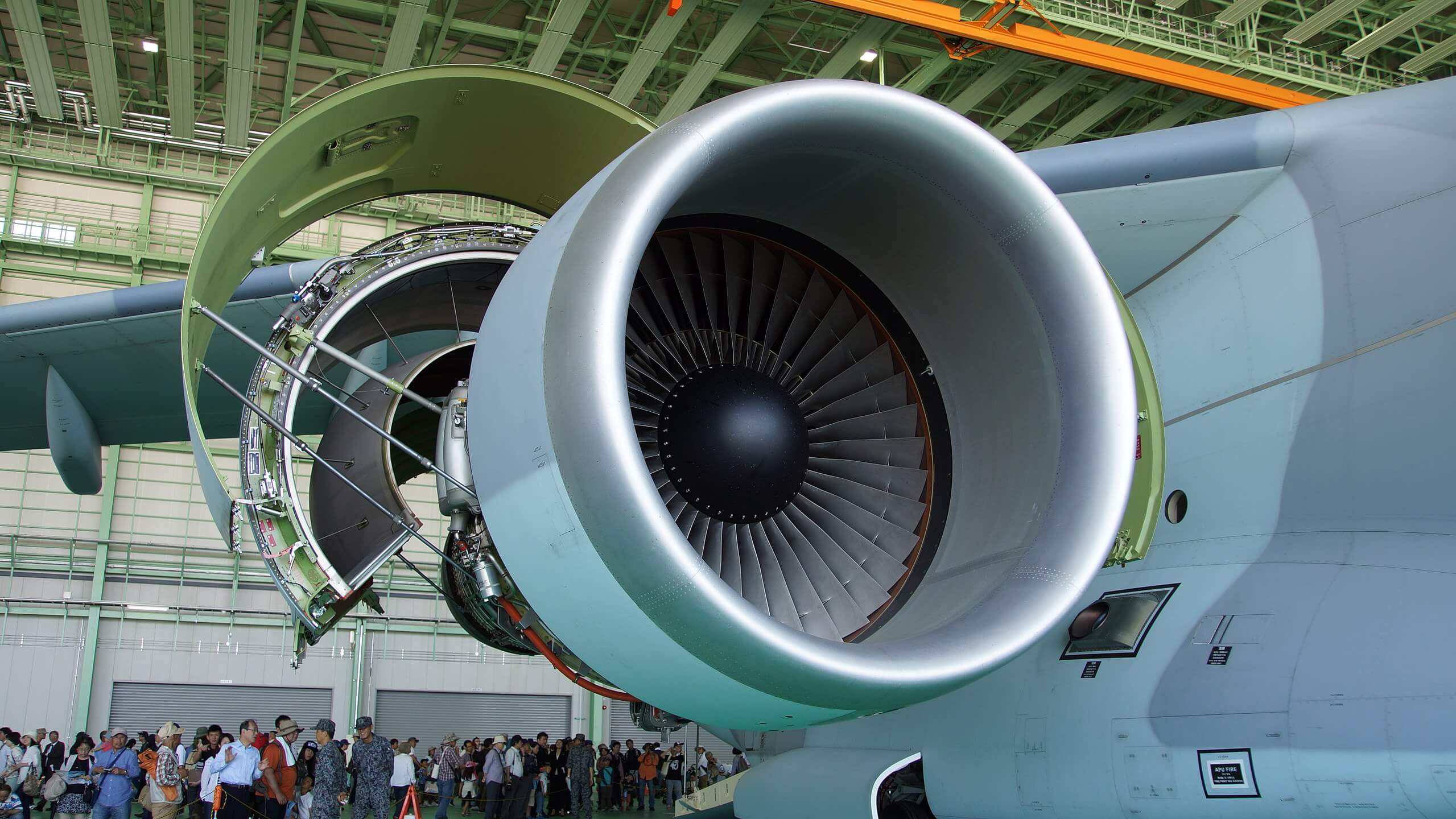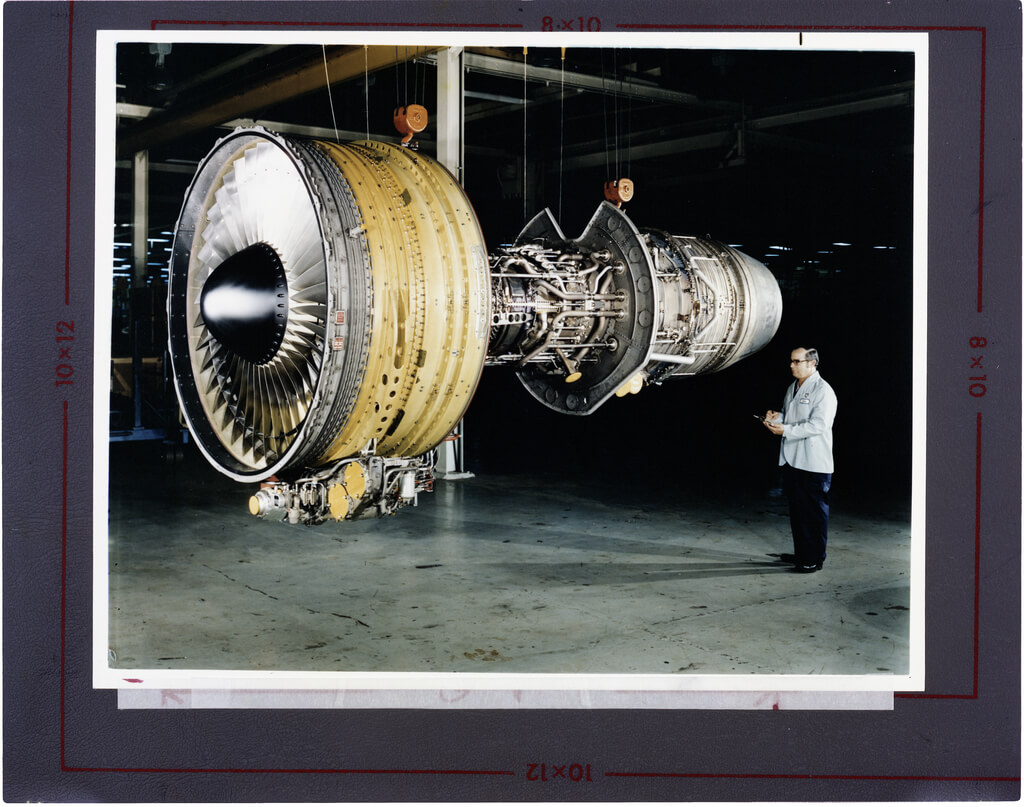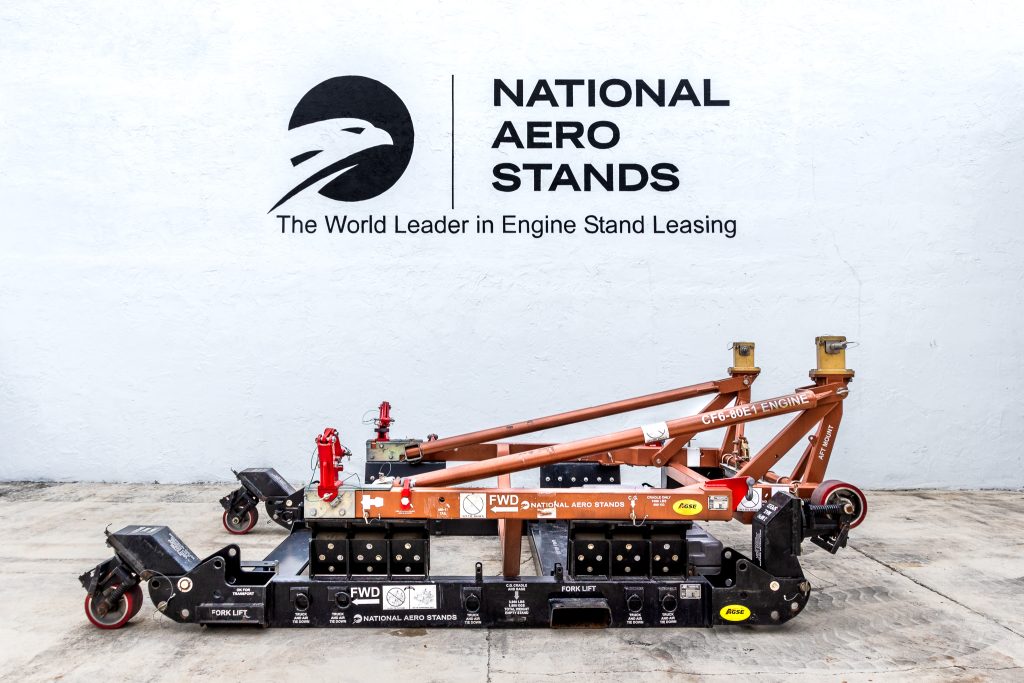The PW2000 engine series, developed by Pratt & Whitney, represents a significant milestone in aviation technology. This sophisticated turbofan engine was specifically designed to power the Boeing 757, entering service in 1984. The engine’s core components include:
- 78.5-inch-wide fan
- Four-stage Low-Pressure Compressor (LPC)
- 12-stage High-Pressure Compressor (HPC)
- Two-stage High-Pressure Turbine (HPT)
- Five-stage Low-Pressure Turbine (LPT)
History and Development of the PW2000
The PW2000’s journey began in December 1979, marking a collaborative venture between Pratt & Whitney and MTU Aero Engines. Key milestones include:
- October 1984 – First commercial flight on Boeing 757
- September 1991 – Powered first C-17 military transport flight
- April 1992 – Achieved 180-minute ETOPS approval
- April 1993 – First flight of Russian Ilyushin IL-96
- March 1995 – PW2043 variant certification
- July 2002 – Boeing 757-300 service entry
Key Features of the PW2000
The PW2000 engine incorporates several innovative features that set new industry standards:
| Feature | Description |
|---|---|
| FADEC System | First commercial engine with dual-channel Full Authority Digital Engine Control |
| Active Clearance Control | Optimizes gap between rotating and stationary components |
| Thrust Range | 37,500 to 43,000 pounds |
| Bypass Ratio | 6-to-1 |
| Pressure Ratio | 27.6 to 31.2 |
PW2000 Specifications and Performance
The engine’s specifications demonstrate its impressive capabilities:
- PW2037 variant: 38,250 lbs thrust
- PW2040 variant: 41,700 lbs thrust
- Length: 3,729 mm (146.8 inches)
- Maximum diameter: 2,150 mm (84.6 inches)
- Weight: 3,311 kg (7,300 lbs)
Performance Metrics of the PW2000
The engine excels in various performance aspects:
- Maximum thrust: 191 kN (42,940 lbs)
- Pressure ratio: 32.1:1
- Fan pressure ratio: 1.63
- Flat rated temperature: 96 degrees Fahrenheit
- Optimized for high-altitude and hot-climate operations
Applications and Compatibility of the PW2000
The PW2000’s versatility is demonstrated through its successful implementation in both commercial and military aircraft. Its robust design and reliable performance have made it a preferred choice for medium to long-haul operations, proving its worth across diverse operational requirements and environmental conditions.
Aircraft Compatible with the PW2000
The PW2000 engine series demonstrates its versatility across various aircraft platforms. The Boeing 757, a medium to long-range narrow-body airliner, serves as the primary commercial application, where the engine’s powerful and efficient performance has contributed significantly to the aircraft’s success and longevity.
- Boeing 757 – Primary commercial application
- Boeing C-32A – Military VIP transport variant of the 757
- Boeing C-17 Globemaster III – Utilizing F117-PW-100 variant
- Ilyushin Il-96M – Russian-built commercial aircraft
Military and Commercial Use of the PW2000
| Sector | Applications | Key Features |
|---|---|---|
| Commercial | Boeing 757 | Efficient medium to long-haul operations, cost-effective performance, Delta Air Lines as launch customer |
| Military | C-17 Globemaster III, C-32A | F117 military designation, logistics support, VIP transport (Air Force Two) |
Maintenance and Support for the PW2000
The PW2000 engine’s longevity relies on comprehensive maintenance and specialized support services. Leading providers like MTU Maintenance Hannover offer complete service packages that ensure optimal performance throughout the engine’s service life. The support ecosystem extends beyond routine maintenance to include on-wing support, emergency assistance, and access to a global network of spare parts and expertise.
Routine Maintenance Procedures for the PW2000
- Regular borescope inspections for internal component examination
- Oil analysis for detecting microscopic metal particles
- Scheduled overhauls at predetermined flight hours/cycles
- Component replacements and system recalibration
- Performance checks and monitoring
Support and Service Options for the PW2000
The PW2000 benefits from diverse support options through authorized providers like Pratt & Whitney, MTU Maintenance Hannover, and CTS Engines. These services include:
- Comprehensive MRO (Maintenance, Repair, and Overhaul) services
- Fleet management programs
- Predictive maintenance solutions using data analytics
- Real-time monitoring systems
- Technical support hotlines
- Global spare parts network access
- Customized service agreements

